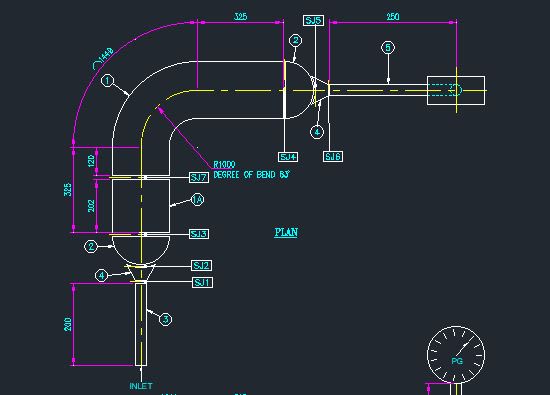Mech_Guy_98
Mechanical
Hello
Am in need of performing proof test for the Pipe Bend.
As per ASME B16.9 Clause 9.3, we are arriving a proof test pressure of 79.6 Mpa.
Test Specimen Specification:
OD of pipe bend - 323.8mm
Thk of pipe bend - 25.4 mm
Ultimate tensile strength as per MTC -483.24 Mpa
We will be assembling the pipe bend with both end connected with the straight pipes with End plate.
I performed the Straight pipe & end plate strength calculation by the attached document(Excel file). But It seems to be fail. Can anyone elaborate this proof test concept & please conclude whether my Excel calculation is correct....
Thanks in advance

![[bigsmile] [bigsmile] [bigsmile]](/data/assets/smilies/bigsmile.gif)

